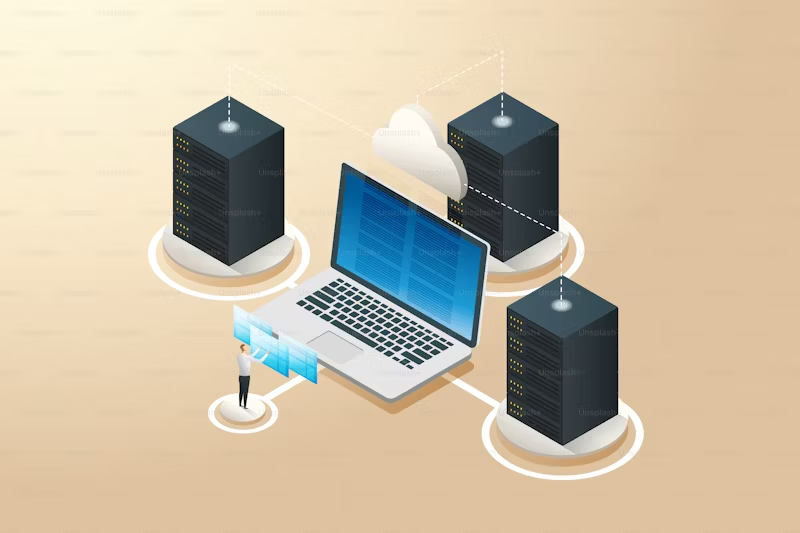Introduction to Information Extraction

Kuang Hao, Research Computing, NUS Information Technology, on 13 October 2021
Working with an enormous amount of textual data is always hectic and time-consuming. Hence many companies and organizations make use of Information Extraction (IE) techniques to automate the process. Information Extraction is the task of automatically extracting structured information from unstructured documents. In most of the cases, this activity concerns processing human language texts by means of natural language processing (NLP). In this article, we will introduce common subtasks in information extraction and how to make use of opensource tools for those tasks.
Machine Learning in Finance

Kumar Sambhav, Research Computing, NUS Information Technology, on 13 October 2021
Some of the most effort-intensive tasks within the financial services and applications have been managing assets, evaluating levels of risk, calculating credit scores, and even approving loans. The amount of data that has to be scoured, read and understood is humongous and humanly impossible and even if it is done with extensive care, it might not fetch proper results. Machine Learning models thus come in handy for such tasks as, instead of us humans doing the processing, we let computer programs handle it for us.
Running Your Own Software in Central HPC-AI System

Wang Junhong, Research Computing, NUS Information Technology, on 13 October 2021
The software hosting service allows researchers to host licensed software and tools in the central HPC-AI system. This enables the users to have some flexibility when it comes to having large and long simulations performed within the high-performance computing facilities. It also improves productivity by supporting more simulations which could be executed concurrently by all eligible team members.
Running HPC-AI Applications in Containers

Yeo Eng Hee, Research Computing, NUS Information Technology, on 13 October 2021
There is a long list of application software that are currently installed in our HPC-AI systems. As our user base grows, we see a potential issue in keeping up with the growing number of software that our users need. One solution is to let the users bring in their own applications and run it in our HPC-AI clusters and a way to do this in a consistent manner is to use containers.
Pushing HPC Beyond Traditional Boundary

Rikky Purbojati, Research Computing, NUS Information Technology, on 28 May 2021
In support of the AI/ML adoption into HPC folds, there needs to be a strategy with agility in mind when deciding any future scientific computing development. AI adoption in our digital economy has been increasing rapidly over the past few years. Starting from the re-emergence of Deep Learning application in the ImageNet challenge, the resulting key technologies and techniques have been embedded in and influenced many aspects of research.
Data Science for Cybersecurity

Kumar Sambhav, Research Computing, NUS Information Technology, on 28 May 2021
Data science is an extensive field which touches base with so many use cases that makes it difficult to describe its capabilities just by using the term itself. Data science provides important tools to allow us to gain insights into, sometimes humanly unfathomable datasets.
Machine learning allows data scientists to make predictions based on past knowledge. This attribute of machine learning comes in handy when doing analyses for cybersecurity as most of the cybersecurity use cases are based on the need of learning from past patterns or behaviors.
Using regional climate models to understand hydrological risks from reforestation

Teo Hoong Chen and Prof Koh Lian Pin, Researchers in the Centre for Nature-based Climate Solutions, on 28 May 2021
Reforesting degraded lands is one of the most promising nature-based climate solitions (NCS), with over 850 million hectares of reforestation potential worldwide. Proponents of reforestation point to the importance of forests in intensifying the hydrological cycle, increasing precipitation recycling and water yield. However, studies also show that reforesting drier regions can increase evapotranspiration and reduce the water yield, negatively impacting the local ecosystem and communities.
Utilizing HPC Resources for HVAC CFD of Train Cabins

Bervyn Goh Yu Fen, Mechanical Engineering, NUS, on 28 May 2021
Passenger thermal comfort in automotive vehicles is an important factor that determines a commuter’s overall experience. Such an experience is provided for by an efficient HVAC (Heating, Ventilation and Air-Conditioning) system which distributes cool air throughout a vehicle. It is, therefore, appropriate to conduct a computational analysis of a HVAC system for the vehicle in order to study its steady-state temperature and air velocity profile.
Smart Job Submission Tool for Fluent Simulations

Wang Junhong, Research Computing, NUS Information Technology, on 28 May 2021
Overleaf, an online collaborative scientific writing and publishing tool

Yeo Eng Hee, Research Computing, NUS Information Technology, on 28 May 2021
NUS IT has recently subscribed to Overleaf Commons, a subscription service by Overleaf, an 8-year-old start-up and social enterprise that provides modern collaborative authoring tools to help make science and research open and more transparent.
